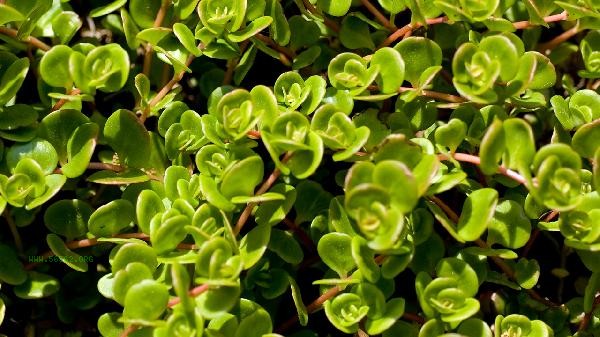In spring, the climate will change, and scientific methods should be mastered for health preservation during this season. Spring is the most important season for health preservation. Traditional Chinese medicine focuses on eight aspects of health preservation: yin, yang, qi, brain, spleen, stomach, kidney, and heat. Next, let's take a look at eight health preservation methods.
1. Nourishing Qi
Chronic bronchitis in the elderly is also prone to occur in spring. The sunshine of spring rises, and the sunshine of the human body also rises. In order to help the sunshine, attention should be paid to diet. Regularly eating onions, vegetables, miso, dates, astragalus, and other foods that can remove phlegm, strengthen the spleen, nourish the kidneys and lungs, such as loquat, pear, lotus seed, lily, jujube, walnut, honey, etc., can help alleviate symptoms.
II. Nourishing the Brain
In spring, people with liver yang hyperactivity are prone to headaches and dizziness, which is why traditional Chinese medicine says that people in spring get sick. The dietary prevention method is to eat 250-500 grams of bananas and oranges per day, 100 grams of banana peels, and frequently drink tea brewed with water. In addition, 250 grams of celery and 10 slices of jujube can be used for frying tea in water.
III. Nourishing the Spleen
Traditional Chinese medicine believes that spring should save on sour and sweet flavors and nourish the spleen. This is because spring is the time when liver qi is strong, which can affect the spleen. Therefore, spleen and stomach weakness is prone to occur in spring. Eating more sour foods can cause liver yang imbalance. Therefore, spring diet should choose spicy and sweet foods, avoid sourness and astringency, and consume more vegetables and wild vegetables.
4. Stomach Nourishing
Diet should avoid consuming pork soup, chicken soup, fish soup, beef soup, spinach, beans, animal organs, and stimulating seasonings that are rich in substances such as creatine and purine. These foods have a strong stimulating effect on gastric juice secretion and can easily form gas, leading to bloating and increasing gastrointestinal burden. A light and easily digestible diet can be treated with the honey therapy mentioned above.
V. Nourishing the Kidney
The spring climate is comfortable, which is a good time for patients with poor renal function to nourish and recuperate the kidney. At this time, taking kidney strengthening formula and kidney strengthening Tonic Diet has a high effect on the early stage of renal function damage. Patients should pay attention to the spring life recuperation, and the diet is mainly light and sweet. Edible light fruits and vegetables, such as bamboo, lotus root, coix seed, cucumber, and cantaloupe.
Edible light fruits and vegetables, such as bamboo, lotus root, coix seed, cucumber, and cantaloupe.
6. Nourishing Yang
Spring and summer are the time when natural temperatures rise and yang energy gradually becomes strong. At this time, health should focus on nourishing yang to adapt to seasonal changes. According to the characteristics of yang energy generation in the human body in spring, warm foods can be selected for supplementation and supplementation. The balanced diet is suitable for normal people and weak people, such as buckwheat, coix seed, soybean milk, mung bean and apple, sesame, walnut, etc. Supplementary diet refers to a diet cooked with cool food, such as pears, lotus roots, pickled vegetables, lilies, etc.
Seventh, Nourishing Yin
Yin deficiency and gastric and duodenal ulcer disease should occur in spring. Honey therapy can be used for diet, steaming honey over water and taking it on an empty stomach before meals. Take 100 milliliters three times a day, or 250 milliliters of milk. Boil 50 grams of honey and 6 grams of white. These have the effect of nourishing yin and benefiting the stomach. People with yin deficiency and internal heat constitution can choose rice porridge, red bean Congee, lotus heart Congee, vegetable puree and other foods, instead of sweet, greasy, fried fat, raw, cold and crude foods.
People with yin deficiency and internal heat constitution can choose rice porridge, red bean Congee, lotus heart Congee, vegetable puree and other foods, instead of sweet, greasy, fried fat, raw, cold and crude foods.
8. Nourishing Heat
In early spring, the climate is still cold, and the cold stimulates the thyroid gland, which can cause overactive function and weaken the body's endurance and resistance due to heat consumption. On the other hand, the human body also needs to burn calories to stabilize basal body temperature in order to keep warm. Therefore, the dietary composition in early spring should be mainly high in calories. In addition to cereal products, glutinous rice products and foods such as soybeans, sesame powder, peanuts, walnuts, etc. can also be used to replenish energy in a timely manner.




Comments (0)
Leave a Comment
No comments yet
Be the first to share your thoughts!